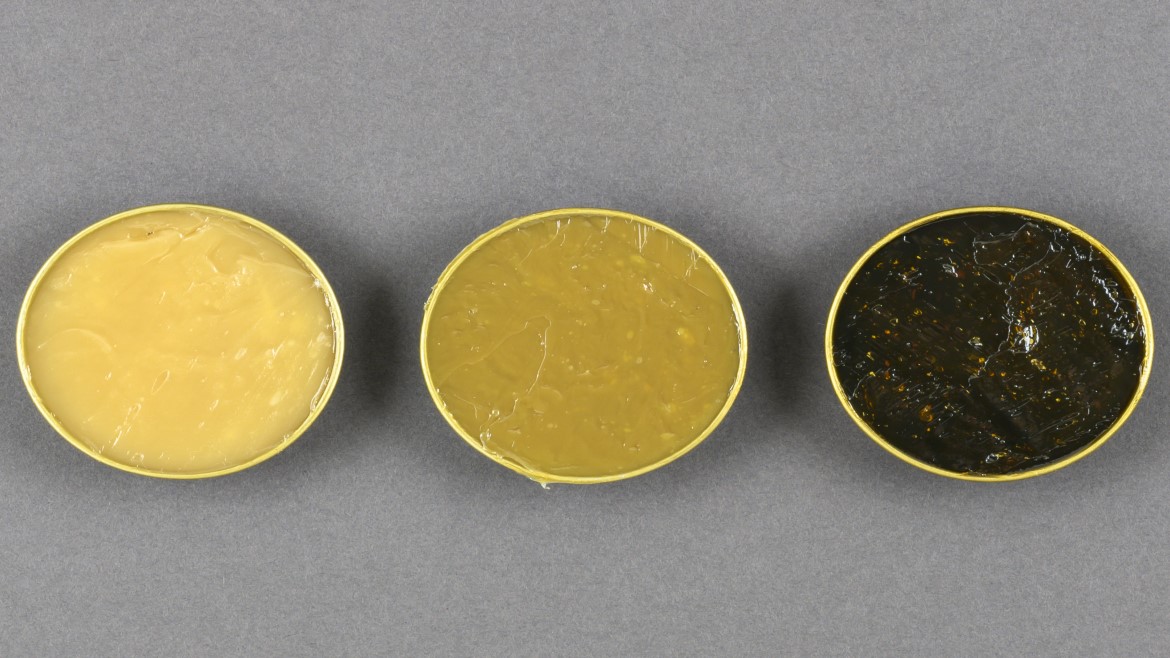A range of stringent environmental specifications and labeling schemes that are relevant to biodegradable hydraulic fluids exist across the world, all designed to make the world a more sustainable, safer and to provide a cleaner future. Here we focus on some of the most relevant to biodegradable hydraulic fluids.
European Eco-label
The Eco-label, also known as the “flower,” is regarded by the EU consumer as a trusted source of easily understood and credible information regarding low environmental impact products. To be awarded the stringent European Eco-label, products must adhere to a strict set of published environmental criteria and technical specifications agreed to by the EU member states. For products to be marketed as ‘bio-based’ or ‘bio-lubricant,’ they must deliver a minimum of 25% bio-based carbon content in the final product.
The Eco-label process covers five key aspects:
- Biodegradability
- Bioaccumulative potential
- Aquatic toxicity
- Renewable ingredients
- Technical performance testing according to ISO 15380
The 2018 update to the EU Eco-label includes sustainability criteria relating to the use of renewable ingredients and the packaging of the lubricant. This addresses the responsible sourcing of palm oil/palm kernel oil derived ingredients and the recycled content where lubricants are sold in plastic containers.
Blue Angel Eco-label
The German eco-label, called the Blue Angel, was the world’s first environmental label and created in 1978. The stated objective of the Blue Angel environmental label for biodegradable lubricants and hydraulic fluids is to enable the user to choose products that demonstrate a low toxicological hazard potential and, more importantly, good biodegradability to help significantly reduce environmental impacts as well as negative effects on flora (plants) and fauna (animals). Another aim is to harmonize where possible with the criteria of the European Eco-label, discussed above. Like the European Eco-label, products being awarded the Blue Angel Eco-label also have to meet the technical requirements of ISO 15380.
Swedish Standard SS 15 54 34 Category V
Sweden has long been regarded as one of the most environmentally-conscious countries in the world. The Swedish Institute for Standards (SIS) develops Swedish standards as well as contributing to the development of international standards. The Swedish Standard SS 15 54 34 includes environmental requirements for hydraulic oils and among other things stipulates the need for high biodegradability low acute and chronic toxicity of the additives toward water organisms, and the finished lubricant must not be classified as hazardous to health and the environment. All biodegradable hydraulic fluids sold in the Swedish market are required to meet the Swedish Standard SS 15 54 34.
Vessel General Permit
On December 19, 2013, the revised Vessel General Permit (VGP) was issued by the Environmental Protection Agency (EPA) in the United States of America.
VGP mandates the use of Environmentally Acceptable Lubricants (EALs) in all oil-to-water interfaces for vessels 79 feet or longer that are entering US coastal and inland waters. The VGP regulates 26 different discharges from vessels that are incidental to the normal operation of a vessel. Some of these discharges are deck runoff, bilge water, grey water, chain clocker effluent and ballast water. In addition, the Small Vessel General Permit (sVGP) is required for most commercial vessels less than 79 feet in length that operates in US waters.
EAL lubricants are biodegradable, non-bio accumulative and minimally toxic. Products approved by labeling programs like Blue Angel, European Eco-label, Swedish Standards SS 15 54 34 generally meet the VGP requirements, though product approval by these standards is not specifically required by the EPA. EALs compliance with VGP can be demonstrated through laboratory testing which is self-certified. Not every ‘bio-oil’ is an EAL and it is vital to check the oil marketer approvals.
USDA BioPreferred® Product Label
Managed by the US Department of Agriculture (USDA), the objective of the BioPreferred® Program is to increase the purchase and use of biobased products. The BioPreferred® Program was created by the 2002 Farm Bill and expanded as part of the Agricultural Act of 2014.
There are two major parts to the program:
- Mandatory purchasing requirements for federal agencies and their contractors: All federal agencies are directed to purchase biobased products in categories, including hydraulic fluids, identified by the Department of Agriculture (USDA).
- A voluntary labeling initiative for biobased products: This label confirms that the product contains a verified amount of renewable biological ingredients. For hydraulic fluids, the minimum biobased content is 44%. Hydraulic fluids that meet USDA criteria can display the USDA Certified Biobased Product label on the product.
Our View
Delivering the required protection and performance, while conforming to exacting environmental specifications, requires a combination of formulating expertise along with specialist toxicity and environmental knowledge. If the hydraulic fluid is being changed from a conventional, non-biodegradable to a biodegradable hydraulic fluid, contamination from the previous fluid can often happen. Therefore, it is essential to select a biodegradable hydraulic fluid that has been proven not to form incompatible reaction byproducts that block filters when mixed with conventional zinc type hydraulic fluids.
Increasing concerns and requirements to protect environmentally-sensitive areas have led to a rise in the demand for low environmental impact hydraulic fluids. Carefully developed and proven biodegradable hydraulic fluids are available that meet both performance and environmental specifications, supporting a cleaner, safer and more environmentally future.









